5. Climax (2018)
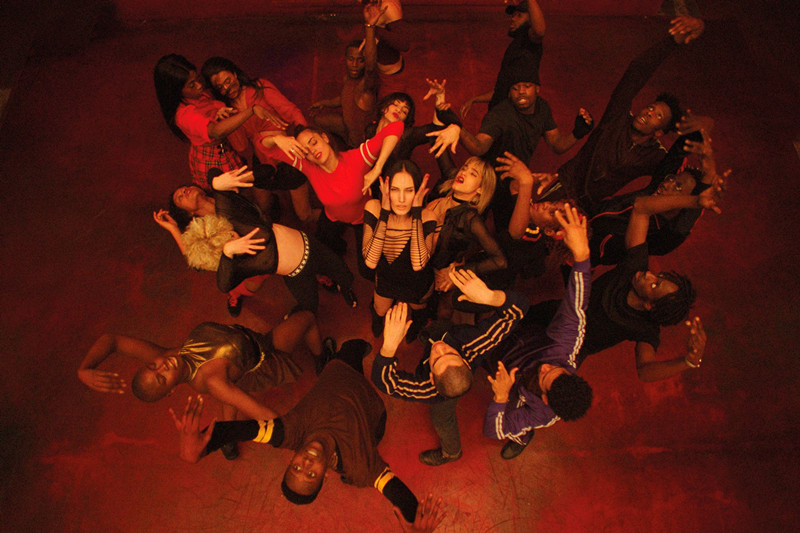
Argentinian enfant terrible filmmaker Gaspar Noé (Enter the Void [2009]) may now at long last finally have his masterpiece with Climax, an unimaginably beautiful nightmare mixture of ecstatic dance and horror most extreme. An absolutely mindblowing, and occasionally frustrating experience, Climax is as detailed and delirious as an Hieronymus Bosch hellscape.
Part Busby Berkeley dance number (think 42nd Street [1933]) and part Pier Paolo Pasolini’s infamous Salò (1975), the film also benefits from a diverse and engaging cast of characters; members of a hip-hop dance troupe in 1996.
As Climax opens we hit the ground running, first glimpsing the film’s “final girl” clawing through the snow before backing us up narratively speaking, where we witness a whirlingly choreographed dance sequence in the troupe’s remote rehearsal space, set to pulsating era-appropriate EDM and shot in a single, staggering, trance-inducing take.
To say that it’s riveting feels too basic, it’s an all-consuming feat of strength, and probably the most engrossing dance number you’ve ever borne witness to. So many different dancing styles coalesce; krumpers, voguers, and wackers, and all with an astounding fluidity, energy, and grace, it’s druggy just to take it all in. Wow.
But before long the film moves from Saturday Night Fever-style dance drama to full-on drug horror as the troupe comes to realize someone has spiked their celebratory sangria with some obscenely high-dose LSD.
Polarized reactions to Climax are not at all unwarranted given the dark and degenerate eruptions of terror –– trigger warnings abound –– but for the very brave or perhaps the youthfully naïve, Climax is a shocking and sinister pièce de résistance.
4. Us (2019)
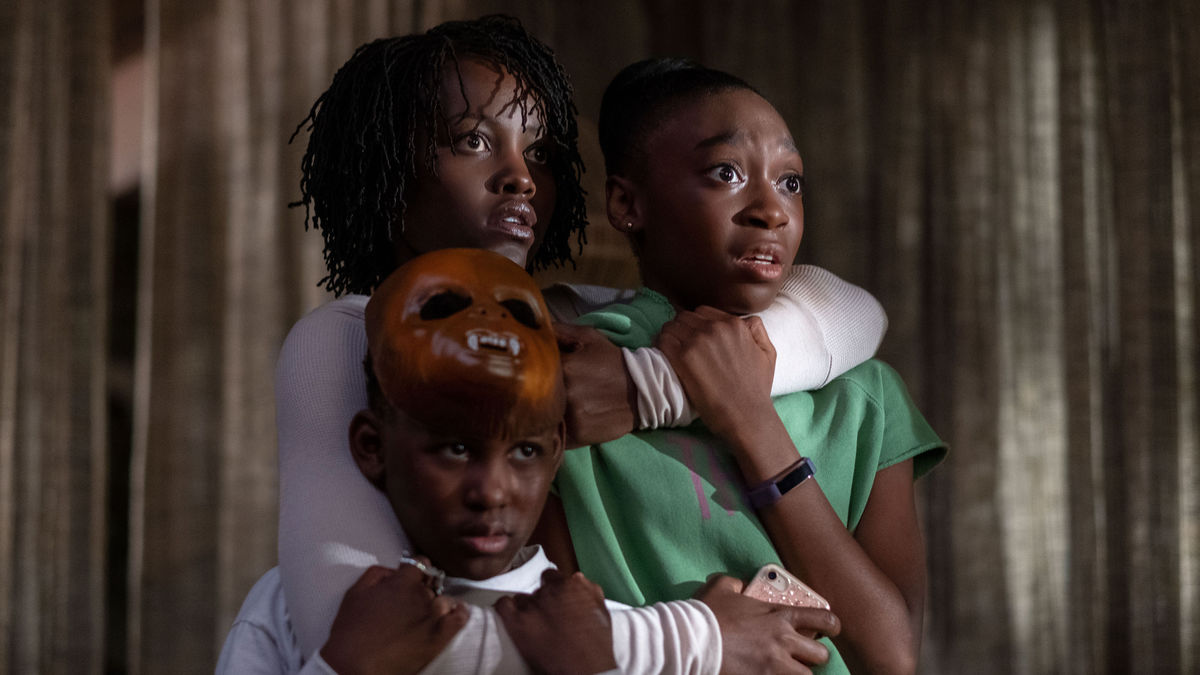
To those who have yet to see Jordan Peele’s creepy, funny, and absolutely thrilling new film Us –– and why the shit haven’t you? –– rest assured, there are no spoilers here. But that said, here follows a bare-bones summation to back the high placing that Us so richly deserves on this particular list.
First off, Lupita Nyong’o is absolutely riveting and exhibits near infinite range as Adelaide Wilson, a woman recovering from a childhood trauma who retreats with her husband Gabe (Winston Duke), her son Jason (Evan Alex), and daughter Zora (Shahadi Wright Joseph) to the beachfront home where she grew up and near where said trauma occurred.
As she grows increasingly concerned by odd coincidences and strange omens that something awful is going down, her darkest fears seem to actualize when four mysterious and shadow-obscured strangers descend upon their home, instigating the Wilsons into a fight-or-flight struggle.
And what’s even odder is that the strangers darkening her door appear to be doppelgängers of the Wilsons, and before you can say “dead ringers” the shit and the fan are fatefully assigned.
At once an artful exploitation picture, Us is also very interested in exploring the history of oppression in America, and while it plays with pop culture (anyone else catch the sly Lost Boys nod in the first scene?), Peele can trot out a vibrant discussion on class, privilege, and race, that you didn’t even realize you were having until you pull back from it in something close to awe. Us is the horror film to beat in 2019. Mark my words, this one is destined to be a classic.
3. Raw (2016)
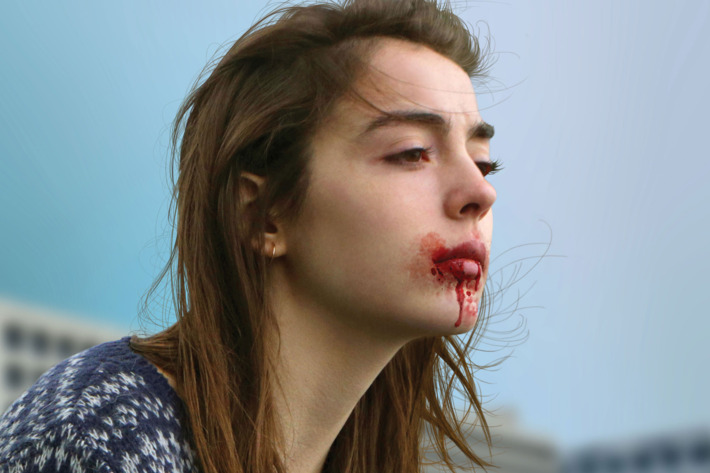
Rolling Stone’s Peter Travers has suggested that writer-director Julia Ducournau’s first feature film Raw is “a contender for best horror movie of the decade” and who am I to disagree? Raw is a near-flawless, wholly competent, and never less than riveting genre detour of taboo-smashing originality. Body-horror hasn’t been this elegantly engaging and upsetting since David Cronenberg’s heyday, and Ducourno’s symbolically lavish, freakishly erotic, female-perspective is a warm embrace.
Justine (Garance Marillier, superb) is a strict vegetarian who has joined her older sister Alexia (Ella Rumpf) at a prestigious veterinary school. The elegant and somewhat unconventional presentation of the campus setting combined female leads, odd inexplicable occurrence and Brit composer Jim Williams’ at times overwhelming score, suggests a pedigree similar to the Dario Argento classic Suspiria (1977), which to my mind merely suggests that Ducournau is motivated by the genre’s very best.
Desperate to fit in amongst her peers and to appease her parents, Justine finds herself betraying her beliefs to participate in a hazing ritual involving eating raw meat, but the unforeseen consequences as Justine’s true, cannibalistic self emerges is some off-the-rails nightmare material.
Immersive, unrelenting, and impossible to predict, Raw is, despite its thunderous rain of blood, a seductively expressive and involving story of adolescence and anxiety proving that the horror/coming-of-age combo can be both carnal, compelling, and oh yeah, utterly unforgettable.
2. The Cabin in the Woods (2011)
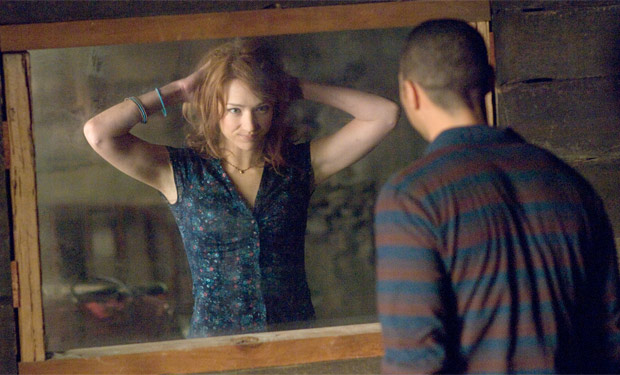
This whip smart horror comedy from scribes Drew Goddard (als0 his directorial debut) and Joss Whedon features one of the most fiendishly unexpected plot turns in recent cinema in what I’ve frequently described to the uninitiated as “the Matrix meets the Monster Squad.” And therein lies much of the film’s appeal.
“[The Cabin in the Woods] ranks among one of the most wryly self-aware works of American pop culture entertainment in years,” writes indieWire critic Eric Kohn, adding that “by successfully analyzing tired formulas, it gives them new life.”
After a brief preamble that seems to be from an altogether different movie –– something about two middle-management types (Richard Jenkins and Bradley Whitford) in a secluded, science-y facility, whose mundane shoptalk seem to hold no bearing on the fright flick we’ve signed up for –– the proper film kicks in with an overly familiar and predictable horror setup; a group of five good-looking college chums (including a pre-Thor superstardom Chris Hemsworth) on a weekend vacay to an isolated rural retreat, the titular cabin, deep in the woods.
Amidst shades of Sam Raimi’s Evil Dead films and Tobe Hooper’s Texas Chain Saw Massacre and some stoner Scooby Doo antics soon things take a decidedly dark twist. No spoilers here, but let’s just say The Cabin in the Woods takes a grisly and blood-flecked inquiry into ideas of sacrifice and ceremony, while making the audience implicit of its own enjoyment of onscreen depictions of exploitation and bloodshed.
For all the film’s mocking references to other fright flicks, this is one that works well in entirely effective and very visceral terms; both a winking genre analysis and its own nightmare-fuelled frenzy.
1. It Follows (2014)
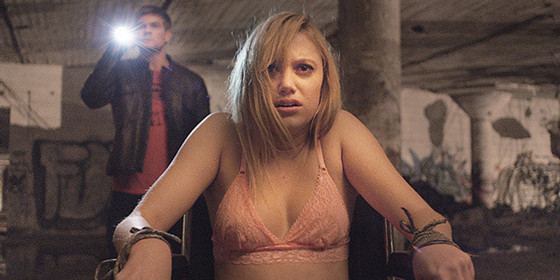
“Creepy, suspenseful and sustained,” writes The Hollywood Reporter’s David Rooney, “[It Follows] plays knowingly with genre tropes and yet never winks at the audience, giving it a refreshing face-value earnestness that makes it all the more gripping.”
Remember the name David Robert Mitchell. His 2014 old school horror film, It Follows, is a keenly observed, expertly lensed, micro-budgeted miracle steeped in atmosphere –– with a genius John Carpenter/Goblin-inspired soundtrack from Disasterpeace –– that had genre fans shrieking in delight, when not cowering in fear, of course. Deliberately pastiching ‘70’s and ‘80’s slasher films where teens are routinely punished for being sexually active, It Follows slyly works in alternate allusions and textures to these tropes, with a feminist slant and De Palma-esque flourish to spare.
With a breakout performance by Maika Monroe as Jay our ill-starred heroine battling a sexually transmitted curse that shape-shifts into some of the creepiest ghouls going. This is the film that rescued indie horror from torture porn and proved that modern horror can be a compendium of what’s gone on before and still be transcendent, terrifying, and teeming with interpretations.
Sensitive to the nicety and nuance of teenage affections, astutely aware of what diehard horror fans want (subversion and reinvention abounds!), It Follows announces the arrival of a new suspense master in Mitchell and presents us with his first small-scale chef d’oeuvre. Mesmeric, and elegantly otherworldly, It Follows fools with the mind, where it whirls and pirouettes like a semi-dark idol.
Author Bio: Shane Scott-Travis is a film critic, screenwriter, comic book author/illustrator and cineaste. Currently residing in Vancouver, Canada, Shane can often be found at the cinema, the dog park, or off in a corner someplace, paraphrasing Groucho Marx. Follow Shane on Twitter @ShaneScottravis.